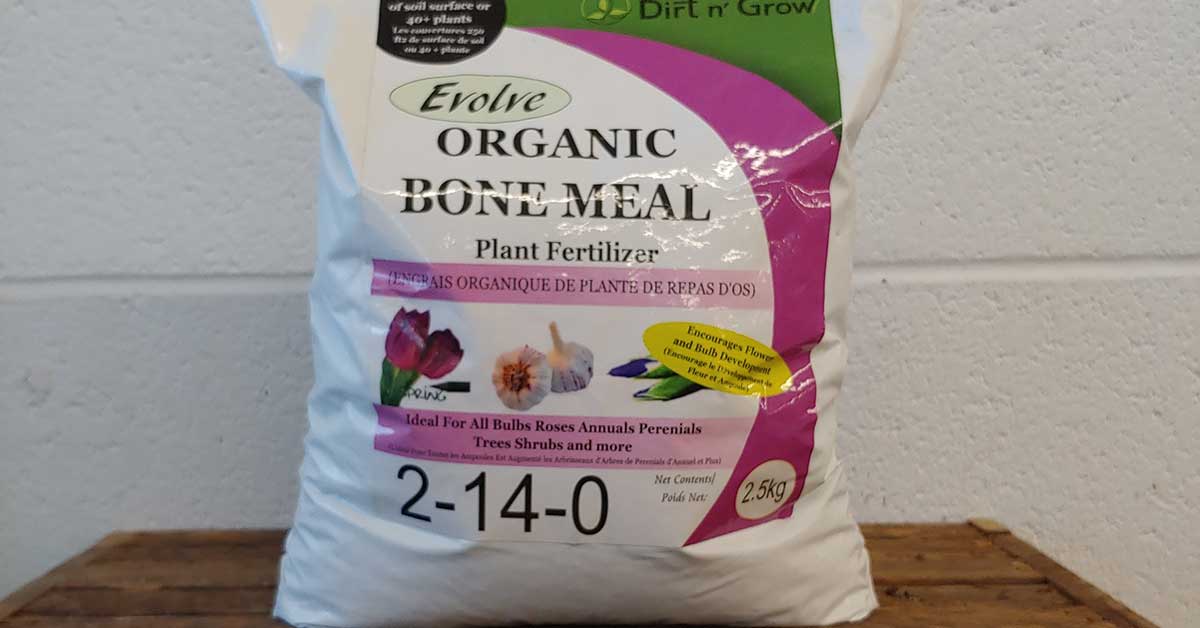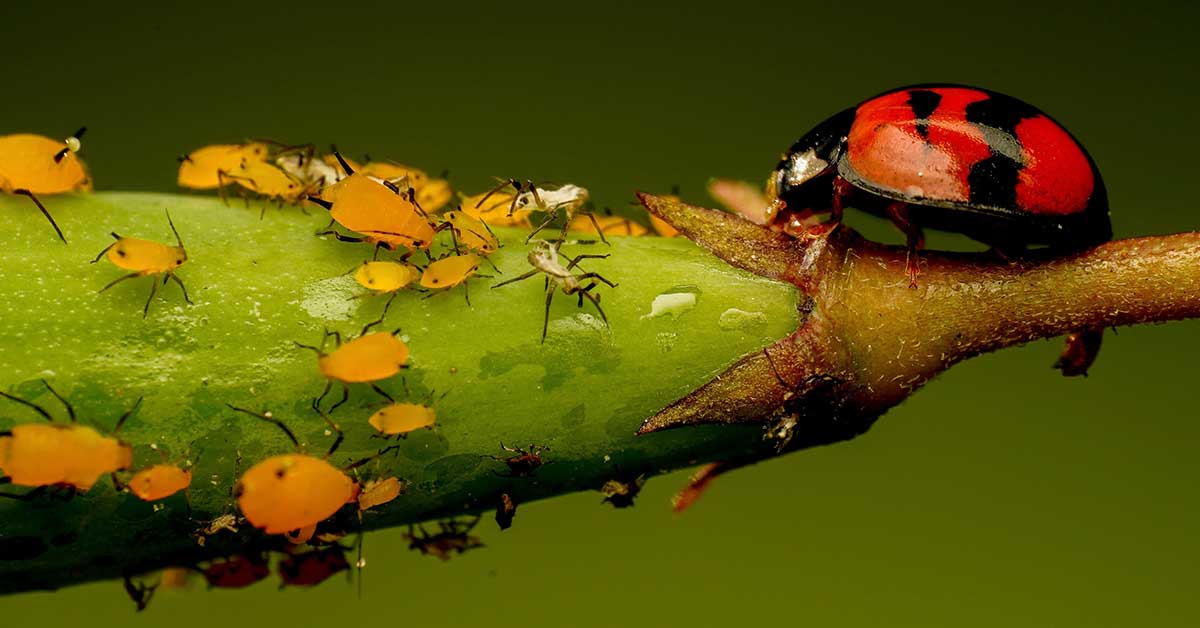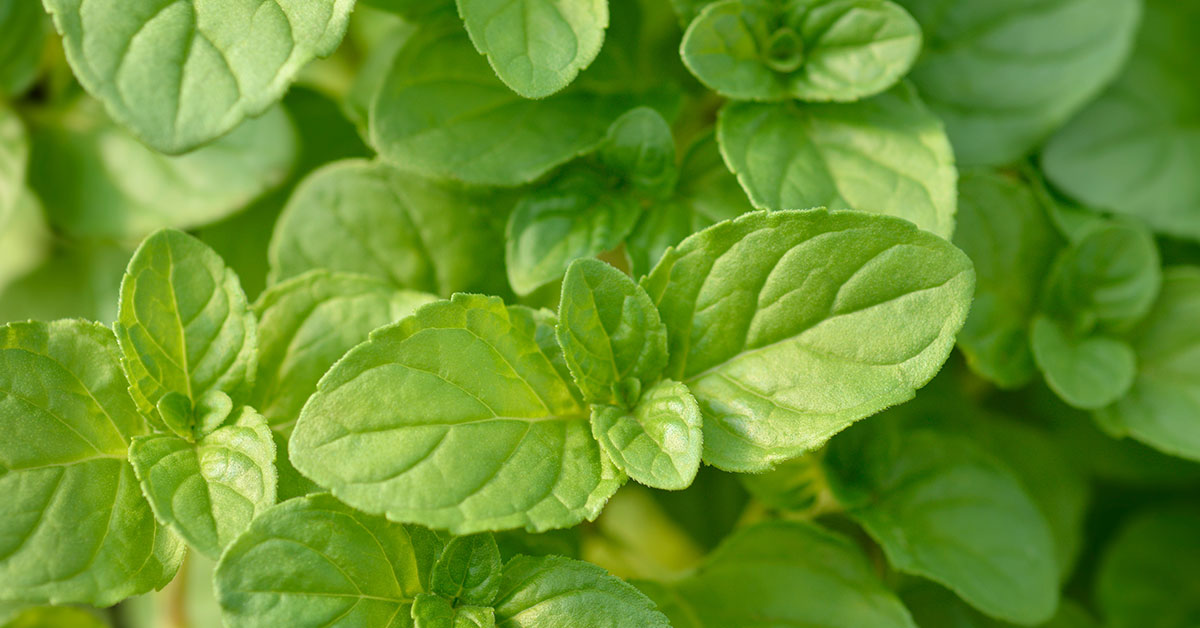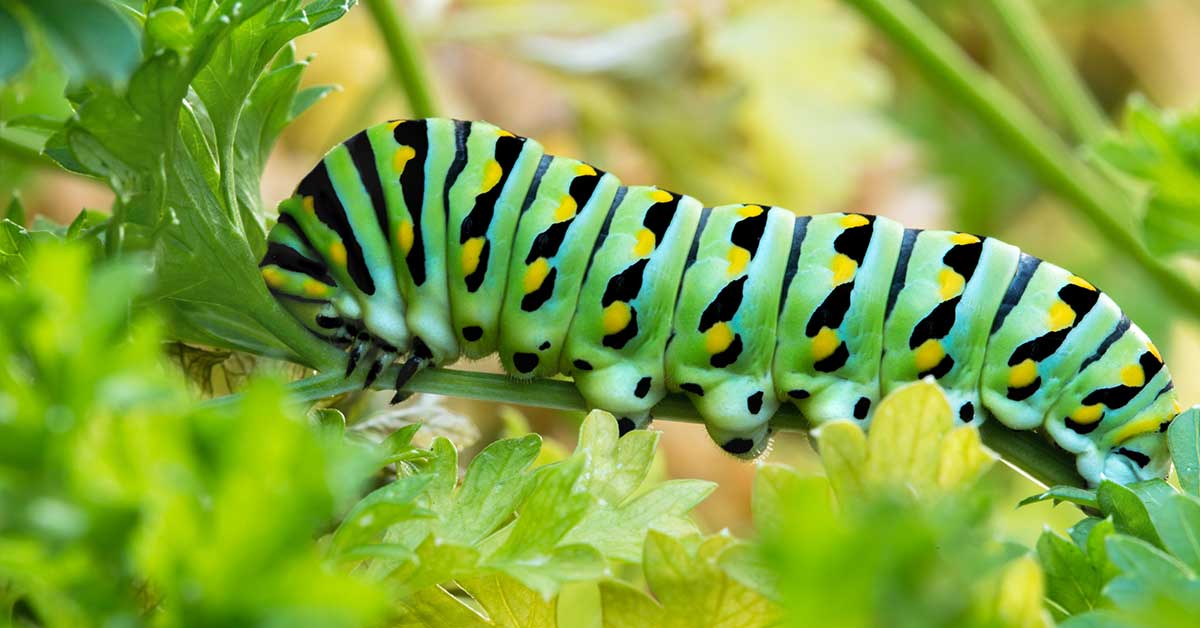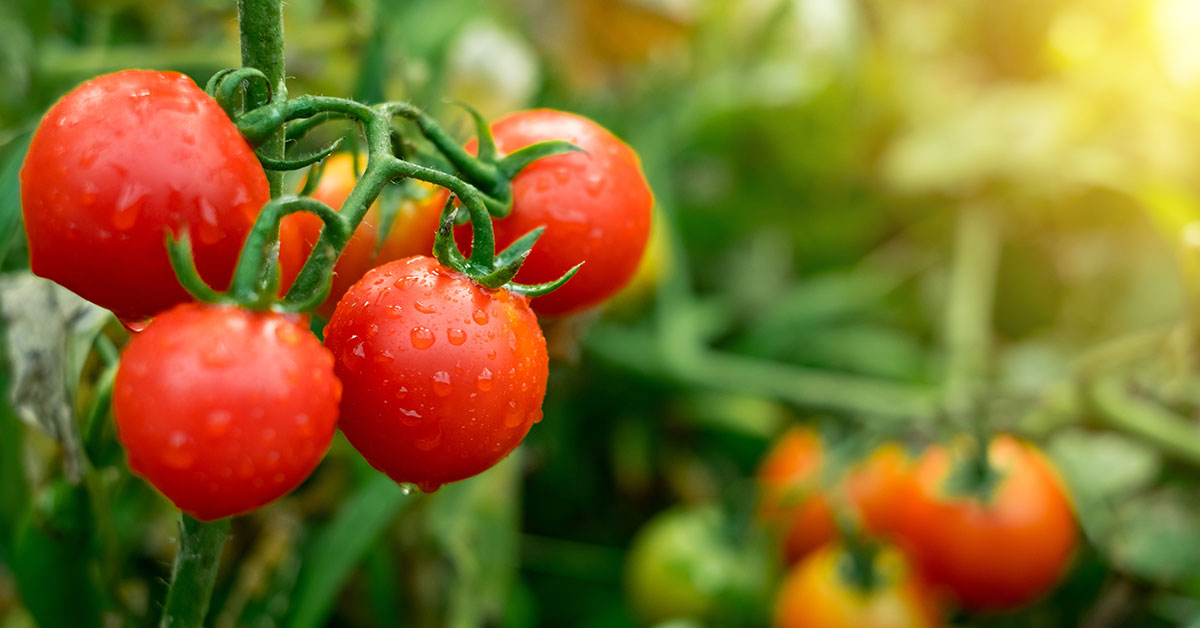Visit the gardening section of any major retailer that sells gardening products and you’re likely to be bombarded with tons of different products. Some are organic, some aren’t, and it can be difficult to make heads or tails of it. One of the products you may see in the gardening section of your local market is bone meal. But what exactly is it and why would you need to add bones to your soil anyway?
Bone meal is a powerful tool in the organic gardener’s toolbox, and it’s something you should definitely use, especially if it seems like your garden isn’t doing all that well. In this article, we’ll talk about what it is, what it does, how to use it, and why you should use it?
What is bone meal?
Before you apply it to your garden, it helps to know what bone meal is. Bone meal is exactly what it sounds like – ground up animal bones that have been pulverized into a fine meal-like substance. Typically beef bones are the bones used, but not always. You can technically make it yourself out of pretty much any animal bone. Commercially manufactured bone meal is typically steamed to help increase the bioavailability of the bone’s nutrients for your plants.
Using the bones of once-living animals, especially cows, may seem a little bit gross, but don’t worry – you won’t likely become ill from using it. Some have been concerned about the spread of Bovine spongiform encephalopathy, more commonly called ‘mad cow disease’ through bone meal, but this is not a real threat. All animal bones used are tested for mad cow disease and must come up negative for the disease. If you’re concerned, wear gloves and a mask when handling bone meal and thoroughly wash your hands after using it.
What does bone meal do?
So we know what bone meal is – essentially ground up animal bones – but what does it do exactly? This fertilizer is used to add phosphorus to the soil in your garden. Phosphorus is vitally important to your garden’s health, and if your soil comes up low in phosphorus when tested, adding a bit of bone meal to your soil may do the trick. It’s a good idea to test your soil’s pH before adding it. If it’s above a pH of 7, lower the soil acidity before adding phosphorus.
How do plants use phosphorus?
Just like us humans, plants need a number of nutrients in order to grow and develop properly. There are a total of 17 nutrients found in healthy soil, and one of those nutrients is phosphorus. But how do plants use phosphorus?
Phosphorus is crucial to the growth and development of plants. The nutrient is used in every single living cell of the planet and is key to a number of functions, like photosynthesis and nutrient movement within the plant. It’s also important for healthy flowers.
Plants absorb phosphorus from the soil they grow in. It’s brought in through the roots and transported to the rest of the plant.
How to apply it to your garden
If you have determined that your soil is in desperate need of some phosphorus and the pH is an acceptable level under 7, it’s time to add some bone meal! In general, it’s recommended that you add 10 pounds of bone meal fertilizer for every 100 square feet of garden space. So if your garden is 10 feet by 10 feet, 10 pounds will suffice.
My favorite way to add it is by mixing it in with manure and then applying it to the soil. I add a bit of manure to my garden every fall and let it sit until spring. The nutrients from the manure as well as the bone meal slowly seep into the soil, and when tilled in the spring, it gets distributed nice and even.
Keep Reading: Why your squash leaves are turning yellow
